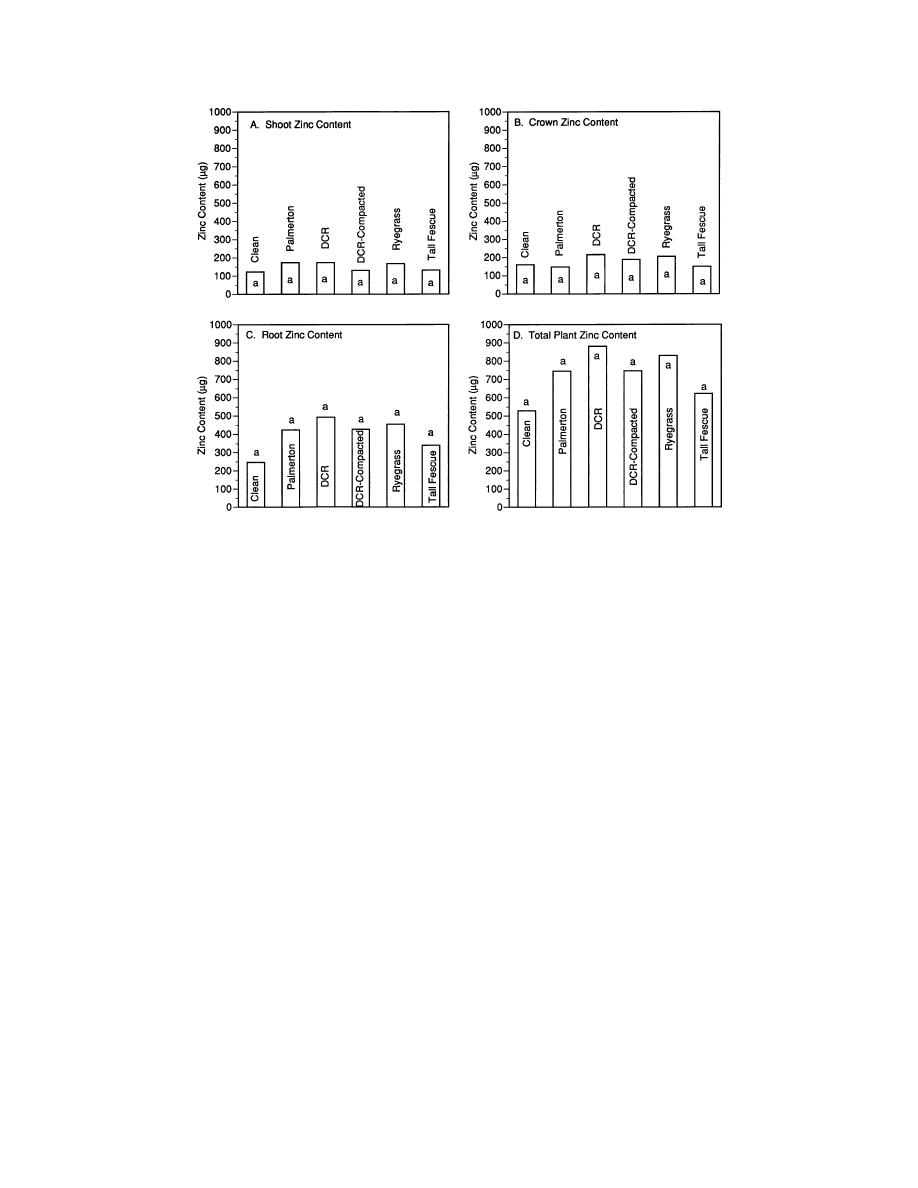
Figure 8. Plant Zn contents/tube as affected by soil treatment and plant species. A differ-
ent lower-case letter within the four soil treatments or the two plant species implies a
statistically significant difference within soil treatments or plant species, respectively.
ments (Fig. 6). No significant differences were ap-
phobic CaO can readily disperse into the organic
parent in Zn concentrations attributable to plant
phase, the DCR process is not effective in stabili-
species. For Zn, there was a trend in relative con-
zation of organics.
centrations that fell in the following order: roots >
On the other hand, the DCR process is strongly
crowns > shoots. Distinct patterns for plant
dehydrating. Application of the DCR process to
growth (biomass production) were present in the
the solid asphalt tar from Shemya produced a
heavy metal experiments. The perennial ryegrass
drier, more soil-like, material with hydrophobic
produced more biomass than the tall fescue.
properties. This improved the physical properties
Growth of plants in the contaminated Palmerton
for potential reuse as road subgrade or landfill
treatment was poorest, and growth of plants was
covers.
improved in the DCR-treated Palmerton soil.
Heavy metal immobilization would seem a
Judging by the Zn concentrations in plant tissue
natural application of the DCR technology be-
and biomass production, we consider that the
cause many heavy metals form insoluble hydrox-
DCR treatment improved plant growth.
ides and carbonates (Lindsay 1979). In fact, the
DCR treatment greatly reduced the mobility of
Zn through greenhouse soil columns (Fig. 5). The
RECOMMENDATIONS
acidification of the soil presumably due to root
Overall the DCR process was successful in sta-
growth was neutralized by the alkaline DCR
bilizing liquid organics and heavy metals but not
treatment, which greatly reduced Zn mobility.
solid-phase organics. Stabilization of liquid or-
Adsorption of Zn onto the Ca(OH)2 and CaCO3
ganics and heavy metals have been demonstrated
and precipitation of Zn hydroxides and carbon-
but not under the rigorous experimental design
ates may also have played a role in immobilizing
and statistical testing that were used in our stud-
Zn.
ies. There was an inconsistency between wastes
Zn concentrations in plant shoots, crowns, and
in the efficacy of the DCR process. This, however,
roots were always highest in the contaminated
should not be a serious impediment for the utili-
Palmerton soil and lowest in the clean soil; the
zation of the DCR process because the efficacy of
DCR treatments fell between the latter two treat-
18



 Previous Page
Previous Page
